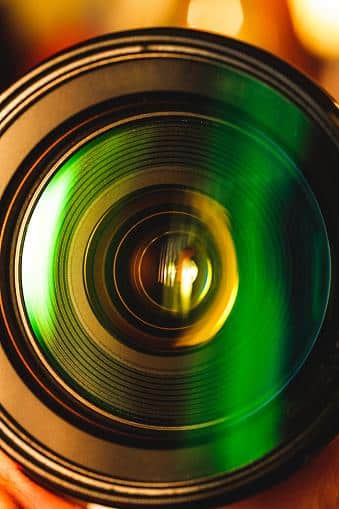A recent study published in the journal Nature Communications revealed the existence of the fastest camera in the world, capable of recording images at an amazing speed of 156 trillion frames per second. According to scientists, this innovation allows visualization and analysis of ultra-fast phenomena that were previously invisible to the human eye.
This revolutionary technology has the potential to impact diverse areas of research and development, from innovation in memory learning techniques in computers to advances in medical ultrasound treatments.
In an interview with Live Science, Jinyang Liang, lead author of the study and a professor at the Institut National de la Recherche Scientifique (INRS) in Quebec, highlighted the importance of this new camera for scientific research. “We are on our way to developing a very versatile imaging system that will allow us to visualize many previously inaccessible phenomena,” he said.
With information from Mega Curioso, the ultrafast phenomena were difficult to capture even with the most advanced cameras, whose sensors can only capture images at a rate of several hundred million frames per second. This has become an obstacle to observing some events in nature, which occur on timescales five or six times faster.
In 2020, Liang led a paper on a technology called “ultra-fast long-form photography,” achieving results of up to 70 trillion frames per second. Years later, his lab was able to double that record using a technique called real-time scanning-coded aperture femtometry.
This technology relies on a special light source known as a “chirp” laser, which works to extend the wavelengths of light so that lights of different colors arrive at different times. Therefore, when a laser pulse is fired at an object, each wavelength picks up information from different points in time.
In the setup created by Liang and his team, light passes through a grid that splits the wavelengths and sends them in different directions. They then pass through a mask, creating a kind of QR code. Finally, another network combines all the wavelengths into a single beam, which reaches the image sensor.
To decode this data, special software is used to determine which parts of the signal it comes from and what wavelength. This allows you to split a single moment into multiple frames to create a short movie. This technique allows scientists to record phenomena in femtoseconds, one quadrillionth of a second.
Liang stated in his article that the new technology is set to record semiconductor absorption of photons from a laser pulse, but it could also have other related uses in the future. For example, researchers hope to use this tool to record how cells respond to shock waves caused by ultrasound and other devices.

“Incurable thinker. Food aficionado. Subtly charming alcohol scholar. Pop culture advocate.”


:strip_icc()/i.s3.glbimg.com/v1/AUTH_59edd422c0c84a879bd37670ae4f538a/internal_photos/bs/2024/c/3/wyn2SQSkKKEk2un5ZHFw/orango.png)




More Stories
How did a cheap and popular drink in Brazil help Madonna increase her billionaire fortune?
Everything on PlayStation? Xbox can be completely cross-platform
Have you become a social network? ChatGPT gains memory to remember your identity